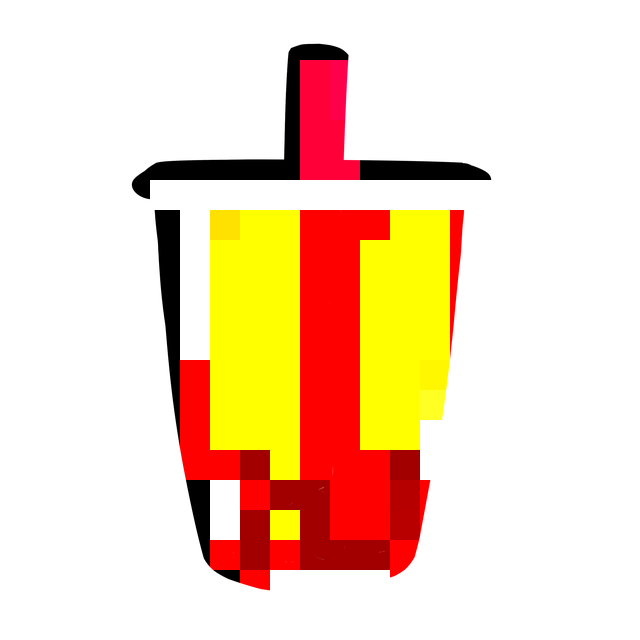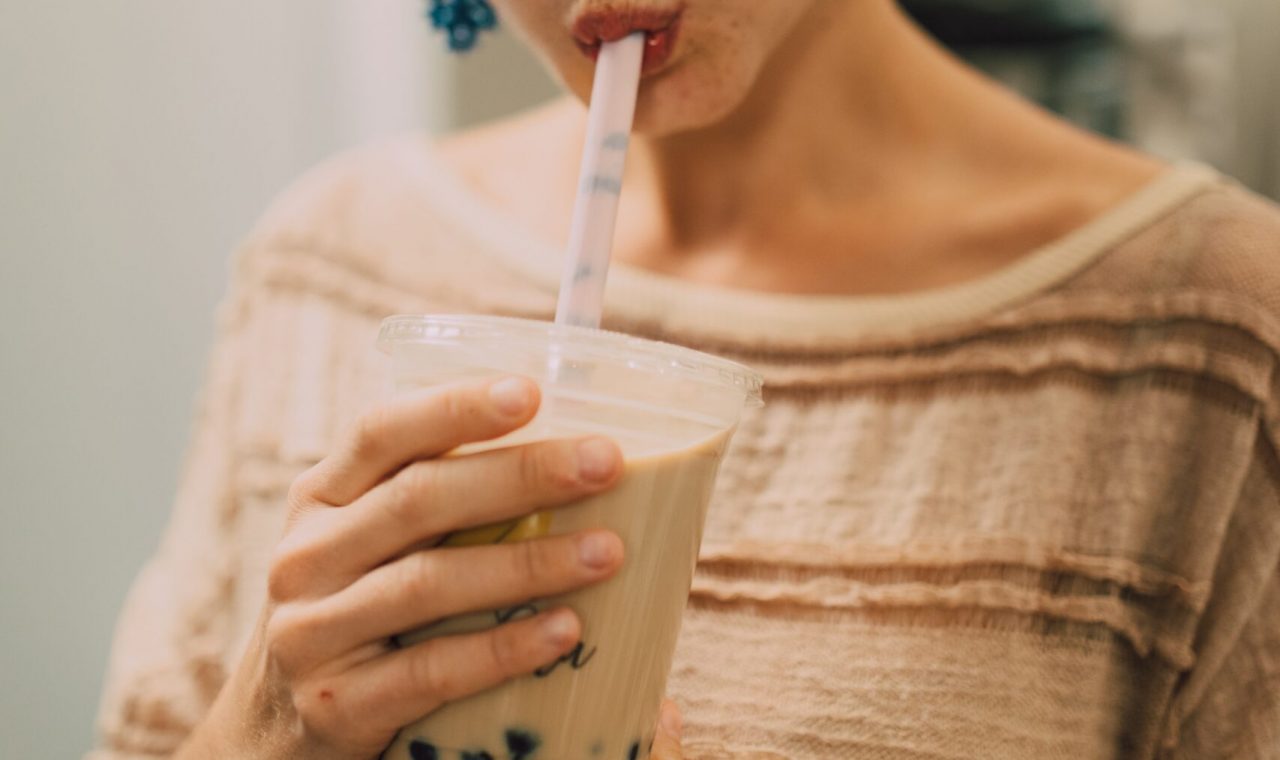Bubble tea is a popular drink in many parts of the world. But bubble tea originated in Taiwan, where it is a daily part of their diet. In fact, bubble tea is so ingrained in Taiwanese culture that you can find bubble milk shops on every street corner! In this article, we will discuss the story behind this tasty drink and how it has become so big in such a short period of time.
What is bubble tea?
Bubble tea is a beverage consisting of black tea. The name “bubble” may refer to the sound you hear when you stir the drink with a spoon. However, according to some sources, bubble also means: balloon or splash (which doesn’t come across as noticeable).
The original recipe for that unique taste consists of black tea, suitable sugar and vinegar. The American and Chinese versions of the drink contain a layer of tapioca or boba (soft boiled pea).
Bubble tea has become famous in Taiwan, including in Taipei. There it has gained much notoriety and has even been adapted by the Taiwanese.
Bubble tea is known as “Tong Zhi Cha” in China, where there are also many different variations of it. In Japan, you can stick this drink on a sweet and roasted soup outlined among other things to stay healthy during cold weather.
The history of bubble tea and how it became a Taiwanese tradition
The history of bubble tea goes way back, to the time of the Roman Empire. At that time, there were already experiences with soft berries, but no bubble tea at that time. However, the original version was much sweeter and contained more sugar than we are used to today. In the 1980s, bubble tea first arrived in Taiwan. It was named for the gently bubbly that accompanies it. The rise of bubble tea was partly due to the fact that many Taiwanese eventually left their homes and moved away to study or work elsewhere, which necessitated bringing something drinkable along the way. Thus, they often utilized bubble tea as a drink, partly due to its good nutritional values.
How did bubble tea become big in Taiwan?
Bubble tea its rise to popularity in Taiwan can be attributed to a combination of cultural, social, and economic factors. Here’s a brief overview of how bubble tea became big in Taiwan:
Innovation and experimentation
The inception of bubble tea is often credited to Lin Hsiu Hui, a tea shop owner in Taichung, Taiwan. In the 1980s, she began adding various ingredients like tapioca pearls, fruit syrups, and ice cubes to her tea creations. This experimentation with different textures and flavors set the foundation for what would become bubble tea.
Appealing to younger generations
The tapioca pearls, often referred to as “pearls” or “bubbles,” added a unique chewy texture to the drinks. This novelty appealed to younger generations who were looking for something different from traditional teas and drinks.
Marketing and presentation
Early bubble tea shops focused on marketing their drinks as trendy and fun, often using vibrant colors and creative names to attract customers. The visual appeal of the drinks, combined with the exciting experience of drinking through a wide straw to enjoy both the beverage and the pearls, contributed to its popularity.
Youth culture and social gathering
Bubble tea quickly became associated with youth culture and social gatherings. It provided a casual and relaxed environment for people, especially students, to hang out, chat, and enjoy a refreshing drink. The communal aspect of sharing a drink with friends also contributed to its popularity.
Entrepreneurship and competition
As bubble tea gained traction, entrepreneurs recognized the business potential and began opening their own bubble tea shops. This led to healthy competition and continuous innovation in terms of flavors, toppings, and presentation. The variety and choices available attracted a wider range of customers.
Expansion and globalization
As the popularity of bubble tea grew within Taiwan, it also started to gain attention from international visitors and tourists. This exposure eventually led to the global spread of bubble tea, with Taiwanese expatriates opening shops abroad and introducing the drink to new markets.
Media and pop culture
The media played a significant role in popularizing bubble tea. Its presence in movies, TV shows, and advertisements further solidified its status as a trendy and desirable beverage.
Economic prosperity
Taiwan experienced rapid economic growth during the 1980s and 1990s. This period of prosperity allowed for increased discretionary spending, and people were willing to try new and exciting food and beverage options like bubble tea.
The combination of these factors led to the widespread popularity of bubble tea in Taiwan and beyond. Today, bubble tea is enjoyed by people around the world, and it continues to evolve with new flavors, styles, and variations.


